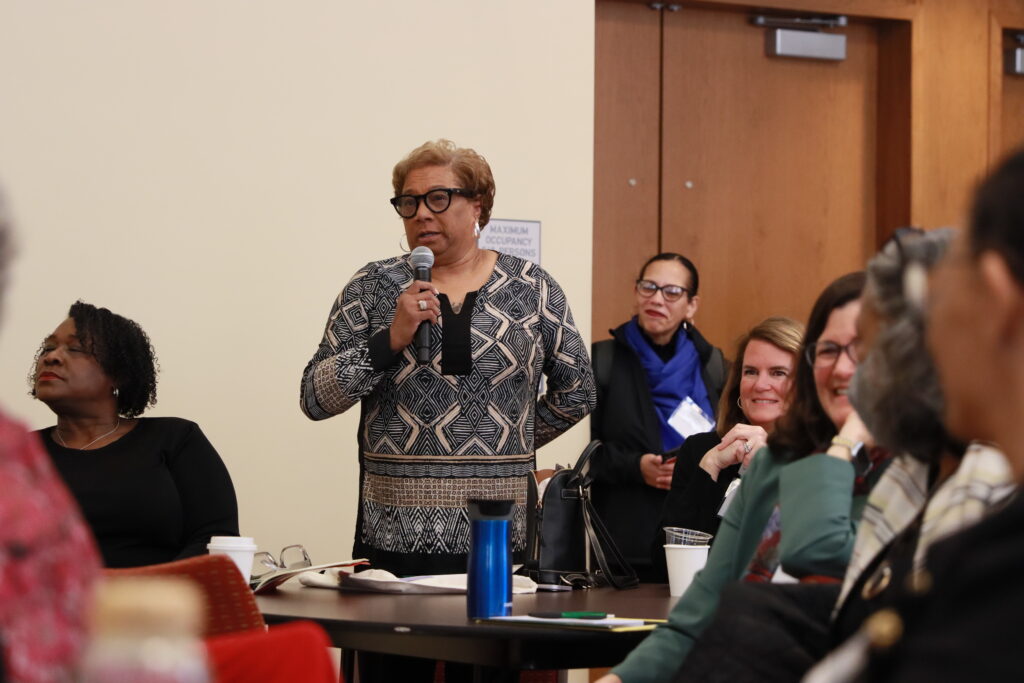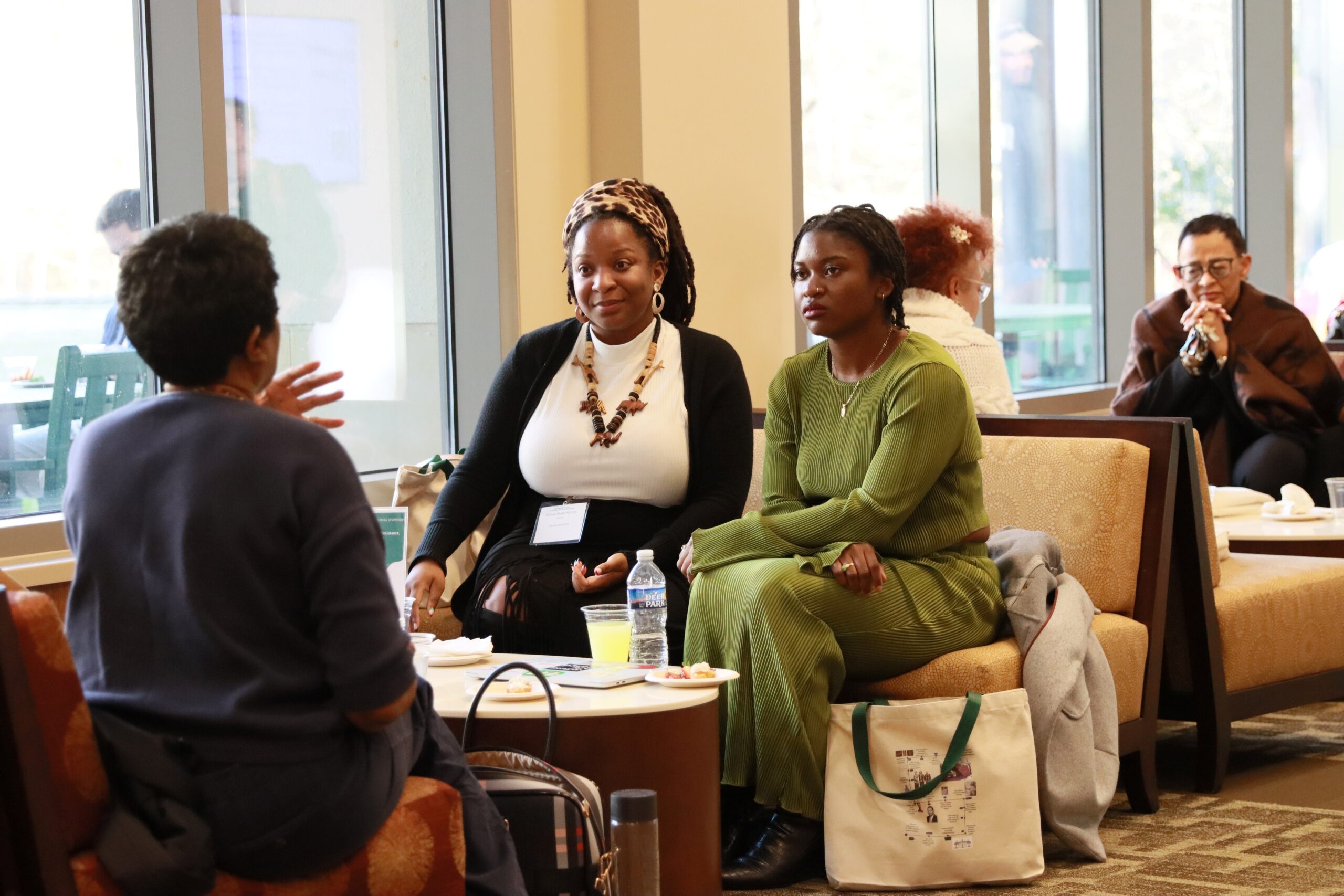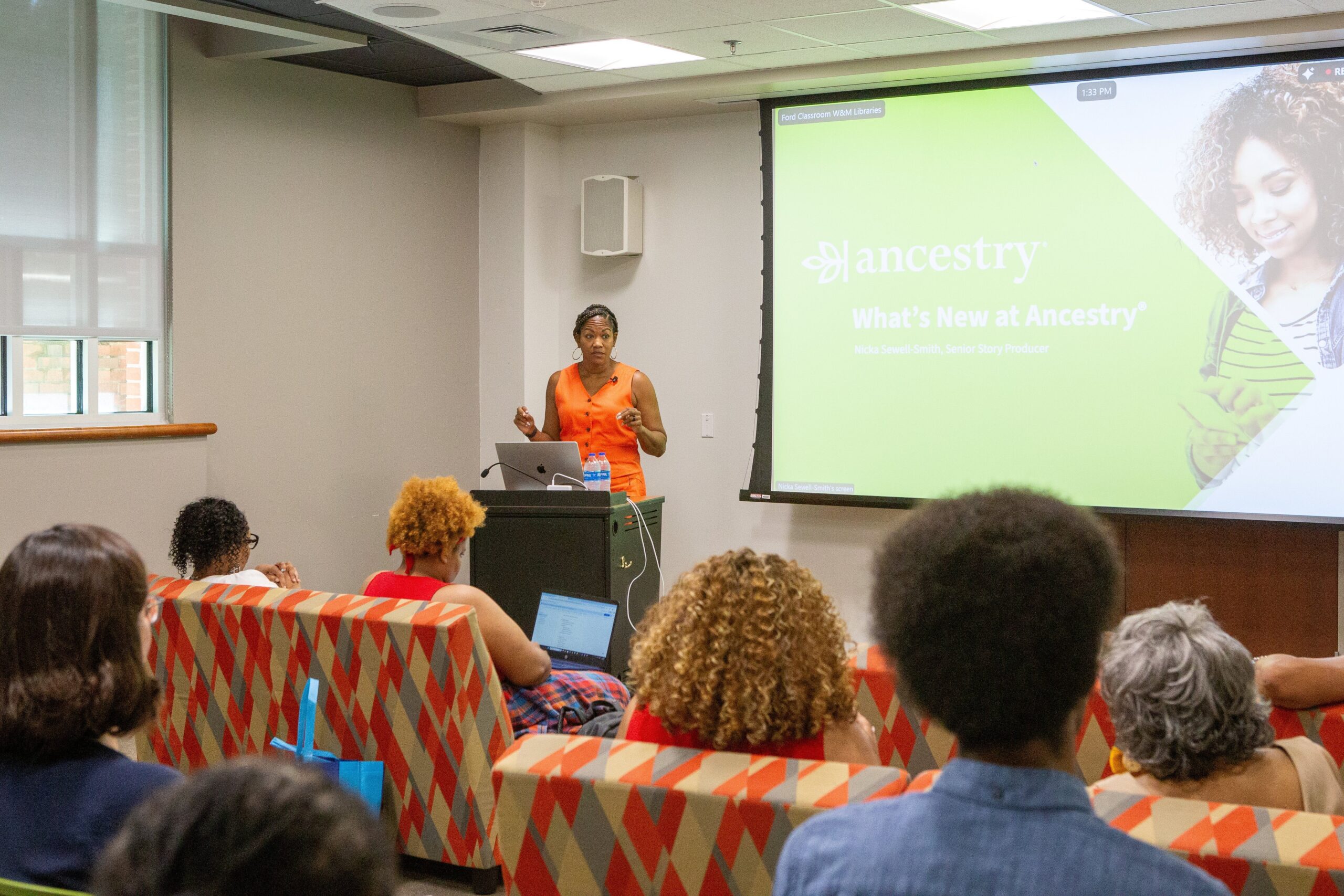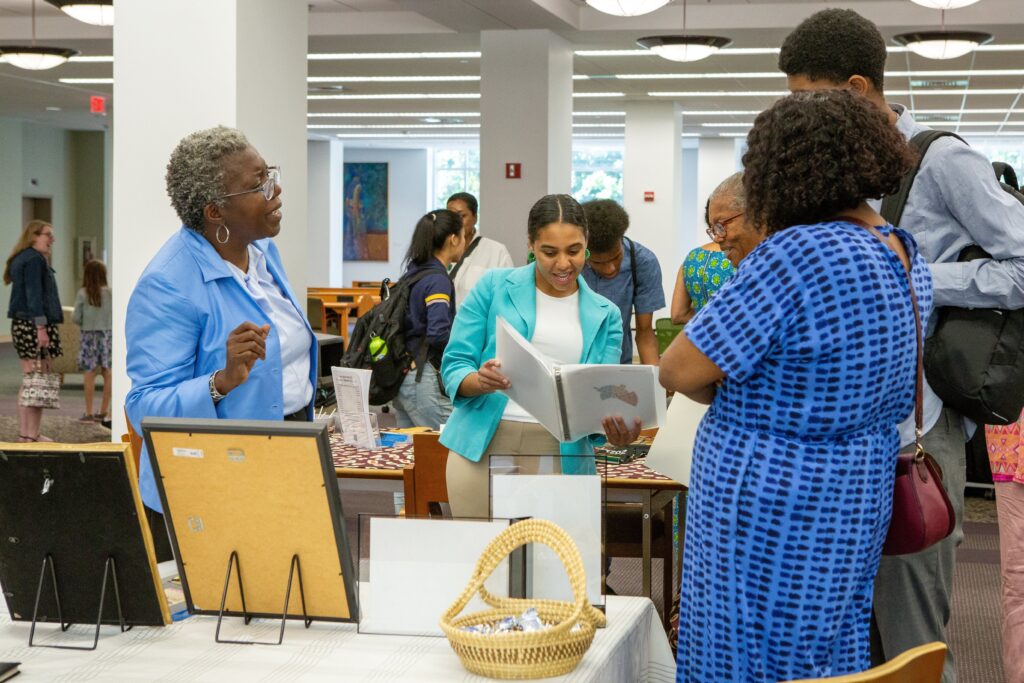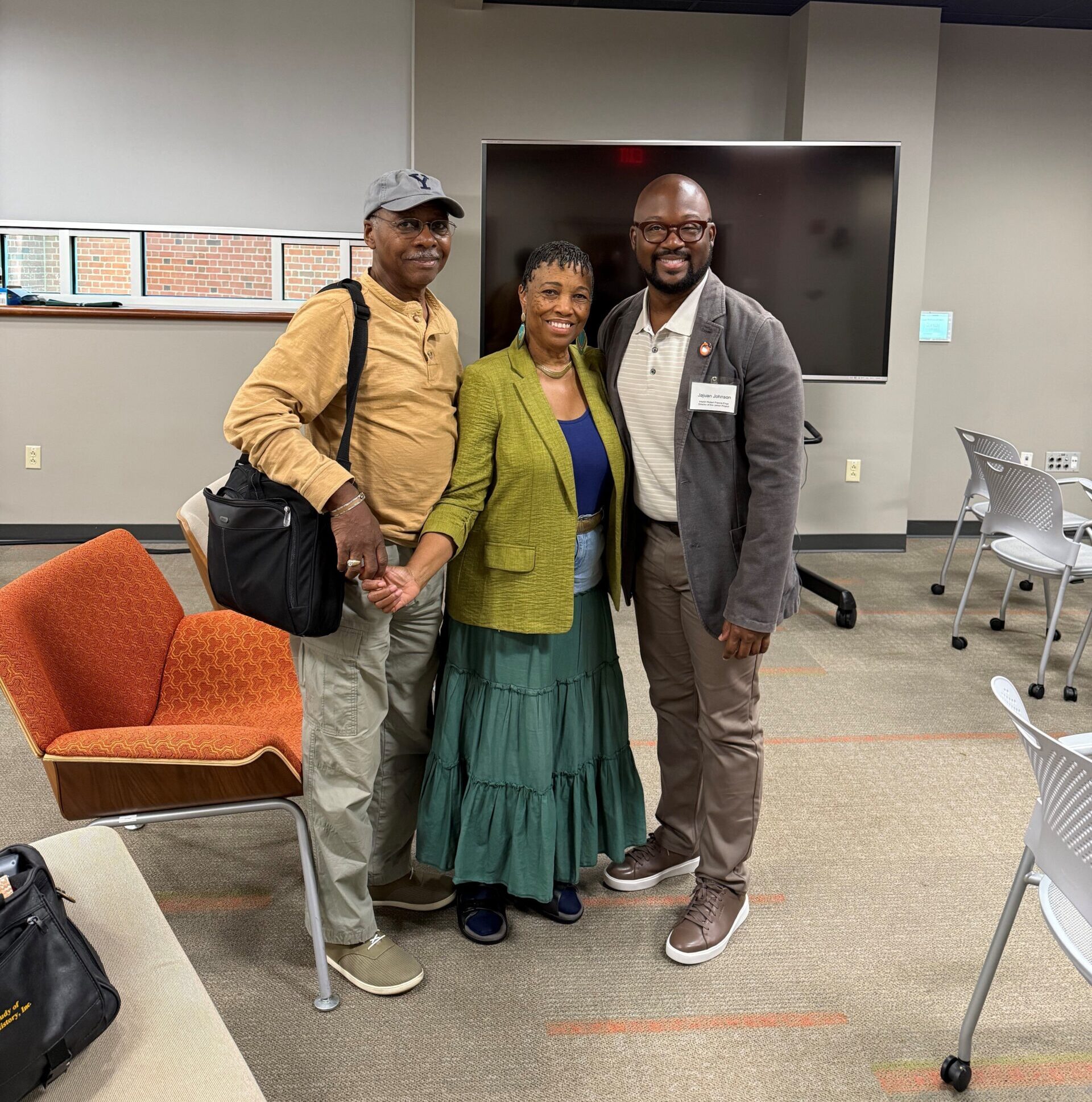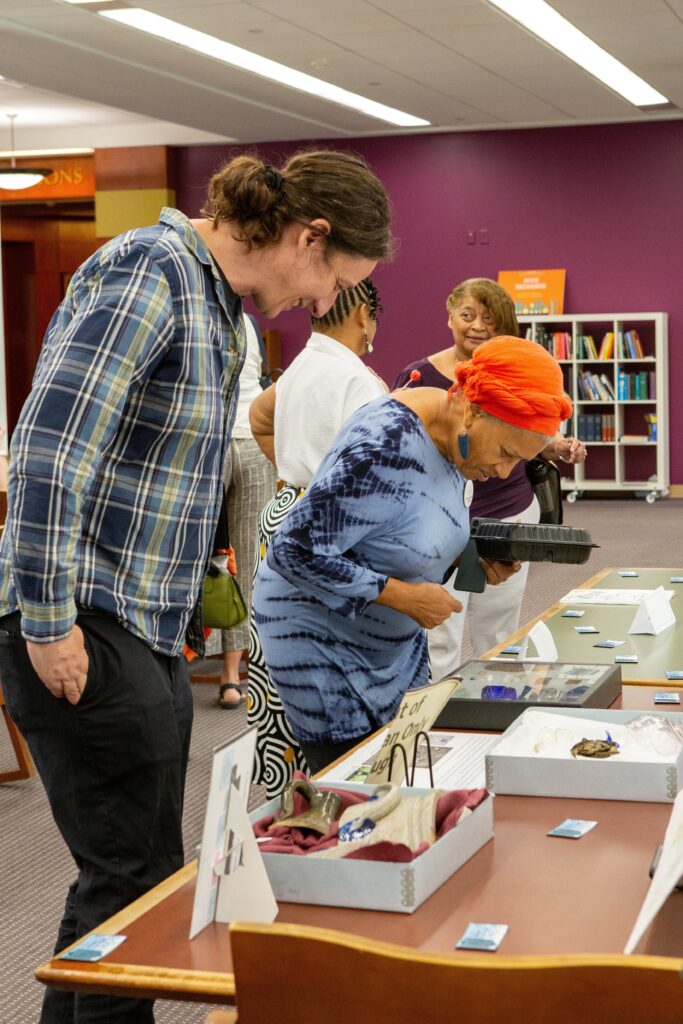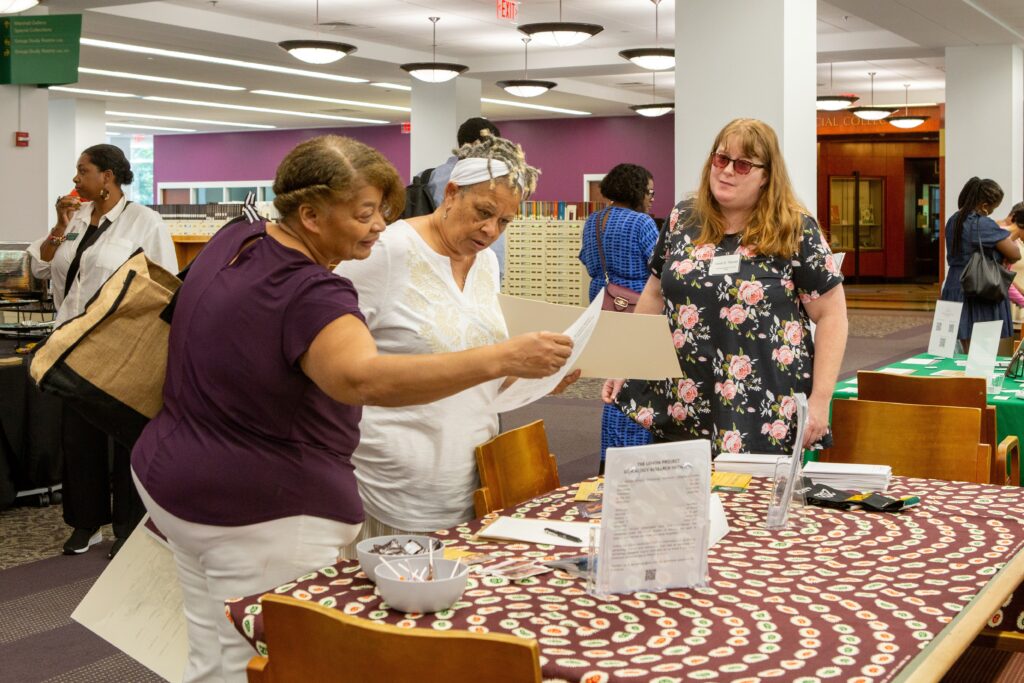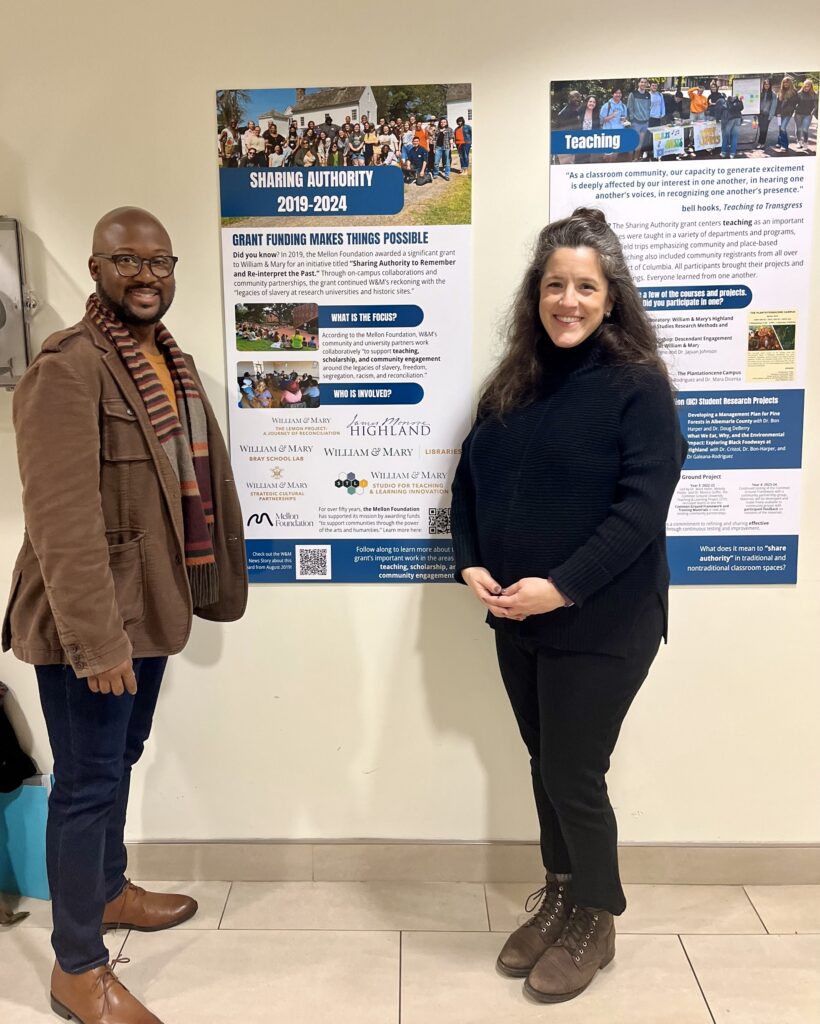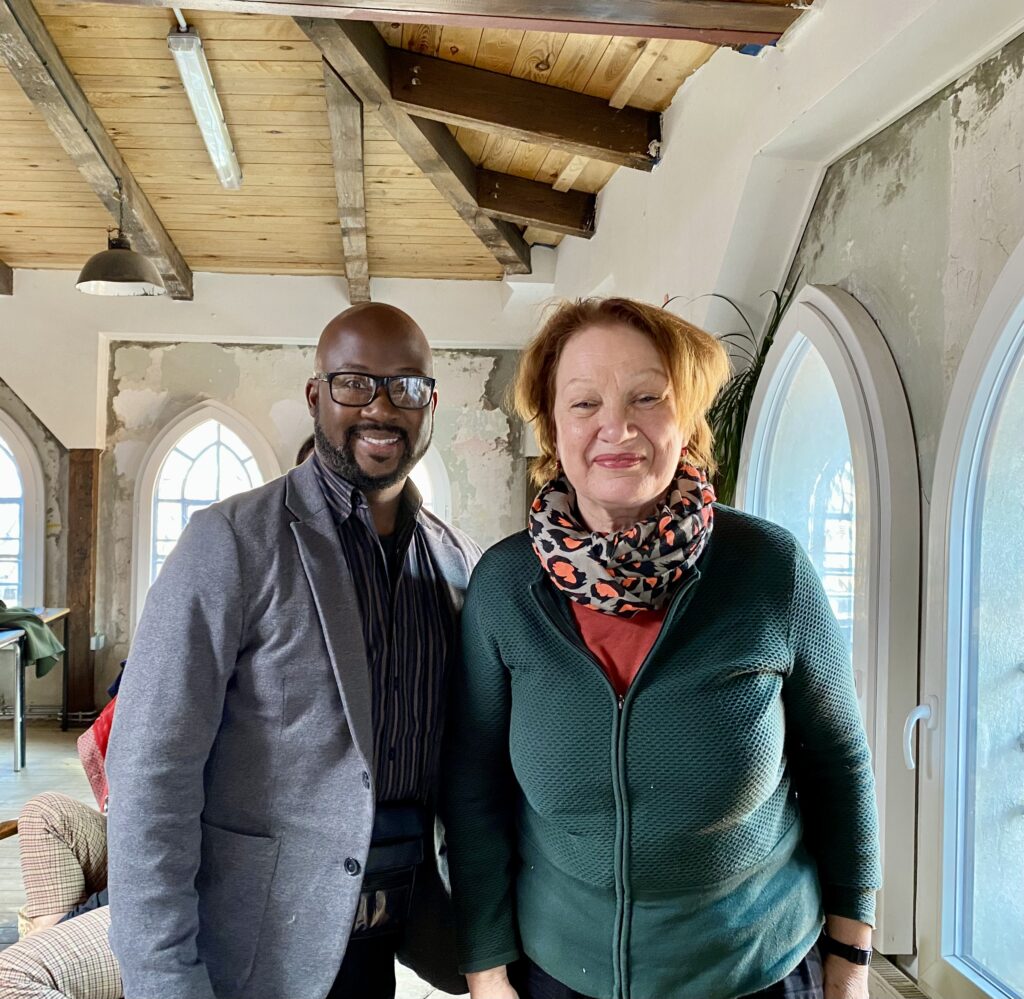United We Stand: Fortifying Black Communities through Courage, Dignity, and Joy
Proposals by individuals and panels of 3-4 people are welcome.
Call for Proposals
“You don’t need permission to have a revolution.” – Dr. Daniel Black, “What Would the Ancestors Say?” at the 15th Annual Lemon Project Spring Symposium
During his keynote at our 2025 symposium, Dr. Daniel Black made a powerful call to action, urging us to unify and create a more just society for present and future generations. Dr. Black reminded us that “we are the way makers and the dream shakers.” Building and maintaining thriving communities requires the power of our imagination and commitment to collective work and responsibility. We aim to continue these conversations as we focus the theme: “United We Stand: Fortifying Black Communities through Courage, Dignity, and Joy.”
In today’s world, we must find a way to unify and amplify our voices as we face challenges. Dr. Black reminded us that we have everything necessary to continually overcome barriers, and a just future demands that we act with wisdom, courage, dignity, and joy.
The 2026 Spring Symposium will explore the following questions: How can Black people and their communities fortify themselves through cultural practices, powerful history, and collective action? How do Black communities find joy and courage amid constant challenges and dehumanization? In what ways can dignity serve as a survival mechanism for Black communities? How can universities and other institutions who are confronting slavery and its legacies continue to work towards repair and healing despite challenges?
These questions seek to stimulate conversation and explore new ideas at the symposium as we focus on fortifying Black communities through courage, dignity, and joy. We encourage participants to reflect on historical contexts, celebrate cultural strengths, and envision collaborative pathways towards sustainable empowerment and social justice.
Our symposium is multi-disciplinary and open to all. We seek proposals from people who research Black communities and are interested in themes related to courage, dignity, and joy, including but not limited to academic and descendant and/or family researchers and historians, educators, genealogists, activists, spiritual practitioners, and members of Greater Williamsburg communities and beyond. We invite a broad range of topics from people who work in the fields of American Studies, Black Studies, Anthropology, History, Public Humanities, Preservation, Oral History, STEM, among others. We also invite community organizers, activists, mental health professionals, and wellness practitioners to submit proposals in areas such as cultural production (art, poetry, music), wellness, and spirituality.
Possible topics include but are not limited to:
- Family histories, local histories, descendant histories, and genealogical studies
- Black family reunions, gathering spaces, and religious events, including homegoings, and homecomings
- Black LGBTQ+ people and/or communities’
- Black healers and ancestral health practices; healing through land, space, and ancestral ties
- Mental and emotional health of Black communities
- Black memory, community healing practices, foodways, and heritage studies
- Reparations and reparative efforts by people and/or institutions
- Narratives of enslaved and free Black people, focusing on stories of courage, dignity, and joy
- Finding courage, dignity, and joy in the work of universities studying slavery and its legacies
The symposium has three main objectives, focusing on resilience, collaboration, and repair:
- Deepen understanding of cultural and historical resilience
- Participants will explore how Black communities have historically drawn upon cultural practices, ancestral knowledge, and collective memory as a blueprint to educate and mobilize communities to make positive change.
- Foster cross-disciplinary and community collaboration
- Attendees are encouraged to engage with knowledge producers across academic disciplines and community roles to promote dialogue, build networks, and create actionable strategies for community improvement.
- Inspire Practices of Repair, Wellness, and Empowerment
- Symposium attendees will gain insight into reparative practices, wellness traditions, and institutional models that support the vitality of communities.
Read the submission guidelines and submit your proposals by October 10, 2025.
